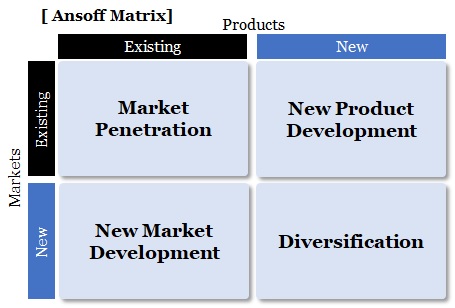2022/03/01
Does “Business Restructuring” Lead to Japanese Economy’s Structural Changes?
by Hitoshi Ohnaka, Executive Officer/ Director, Sales & Marketing
(The original article in Japanese was posted in February 2022)
Business Reconstruction Subsidy Program
Business Reconstruction Subsidy Program started by the Ministry of Economy, Trade, and Industry (METI) is attracting attention.
While recovery in demand and sales for the foreseeable future has been hampered by the prolongation of the pandemic, the program intends to support SMEs to restructure their businesses to adapt to the socioeconomic changes in “With-Corona”/”Post-Corona” era.
The “business reconstruction” here includes “expansion into a new field”, “change of main business (without changing the main industry)”, “change of main industry”, “change of business category”, and “business restructuring”. To file for the grant, the SMEs are required to develop a business plan that falls into one of these five categories, with an accredited support organization.
The explanatory materials for the project portrays some reconstruction examples:
• Business operator of “izakaya” (Japanese style pub) to start online food ordering system to meet customer demand for delivery and/or take out.
• Company operating daycare service for seniors to sell a part of their business to other enterprise and start a new service such as meal service for hospitals or outsourcing service regarding clerical work.
• Taxi company to obtain a license for general trucking business to start grocery delivery service.
The program recalls the “Ansoff Matrix”.
The Ansoff Matrix model is a strategic tool for businesses to plan for future growth, a framework that shows the combination of “existing/new” and “product/market” in four quadrants: market penetration, product development, market development, and diversification. The definition of business restructuring in the subsidy program exactly fits the idea of this model.
The subsidy program not only assists SMEs in developing competitive strategies to gain an advantage over others, but also propels their shift to new business model as their corporate strategy/growth strategy. It implies that it is a nationwide project to promote structural transformation of Japanese economy.

Corporate Trends After the Outbreak of COVID-19 Crisis
While the core business of Yano Research Institute is the publication of marketing reports, we also provide customized market research and consulting based on customer inquiries, against the background the changes in surrounding environment.
Right after the corona pandemic outbreak started, we heard quite a few customer voices that they wish to “create a new business pillar that differs from existing business core”. As the pandemic situation prolonged, the demand for “reinforcing existing business” also increased, as a reflection of their struggles for sustaining growth and profitability at the pre-pandemic level. Under the circumstances, the meaning of “business restructuring” indicated to comprehensive business reconstruction through the termination of unprofitable business units, store closures, workflow streamlining, layoff, and reduction of costs like electricity bills.
However, as of February 2022, it seems that the demand to take a next step forward is on a rise again rather than the demand for cost cutting for streamlining and business revitalization.
More than two years of the pandemic situation has had a significant impact on the business direction at enterprises.
Predict Changes with “VUCA” & Restructure Business by “Backcasting”
When considering the methods of business restructuring, a typical approach is to analyze internal and external environment in detail to uncover the company's strengths and find the best match between the environmental trends and internal capabilities. However, given the speed, magnitude, and uncertainty of the current socioeconomic environment, “forecasting” approach, i.e., predicting future as an extension of the current situation, is not enough.
Rapid changes in environment have created the term “VUCA (volatility, uncertainty, complexity, and ambiguity)”, which indicates the elements that make the future situation/condition difficult to predict. It was a keyword used at the Davos Conference in 2016 and in the Cabinet Office's “Task Force on Outlook and Reform for 2030”, to represent the idea of defining a desirable future first and then working backwards to identify business model and/or business strategy.
The biggest impact of the pandemic and digitalization is the magnitude and speed of changes involved in industry structure and surrounding environment. Because of the situation, piling up a set of strategies based on current analysis is not enough to achieve business restructuring in the truest sense. To keep up with the dramatic changes in the near future, it is necessary for companies to utilize its own management resources thoroughly while incorporating external resources actively for “creative destruction”.
Economic transformation cannot be expected in Japan without “creative destruction”. As Joseph Schumpeter put it, “it is not the owner of stagecoaches that build railways”.
Yano Research Institute is very much looking forward to supporting client companies’ “creative destruction”.